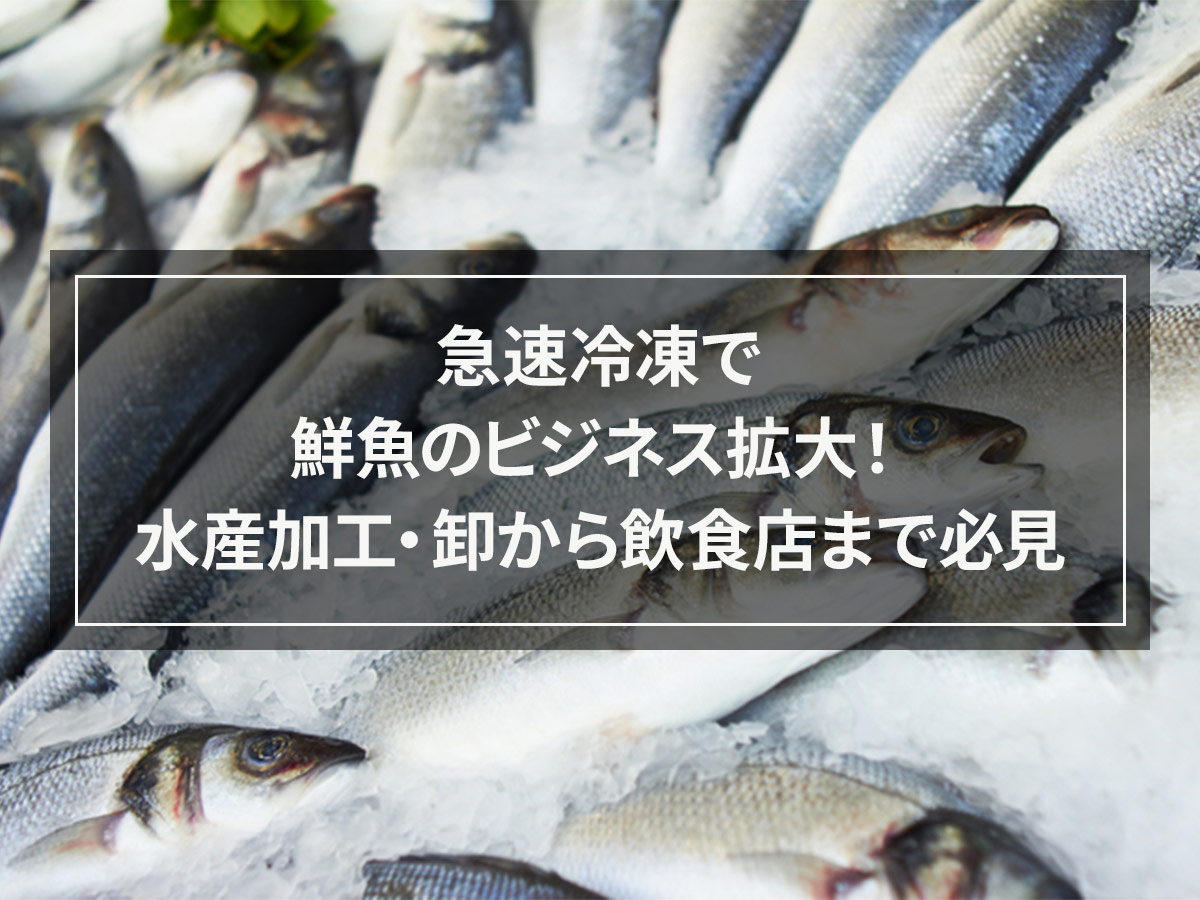[Improve your freezer] Tips on temperature control and freezing methods
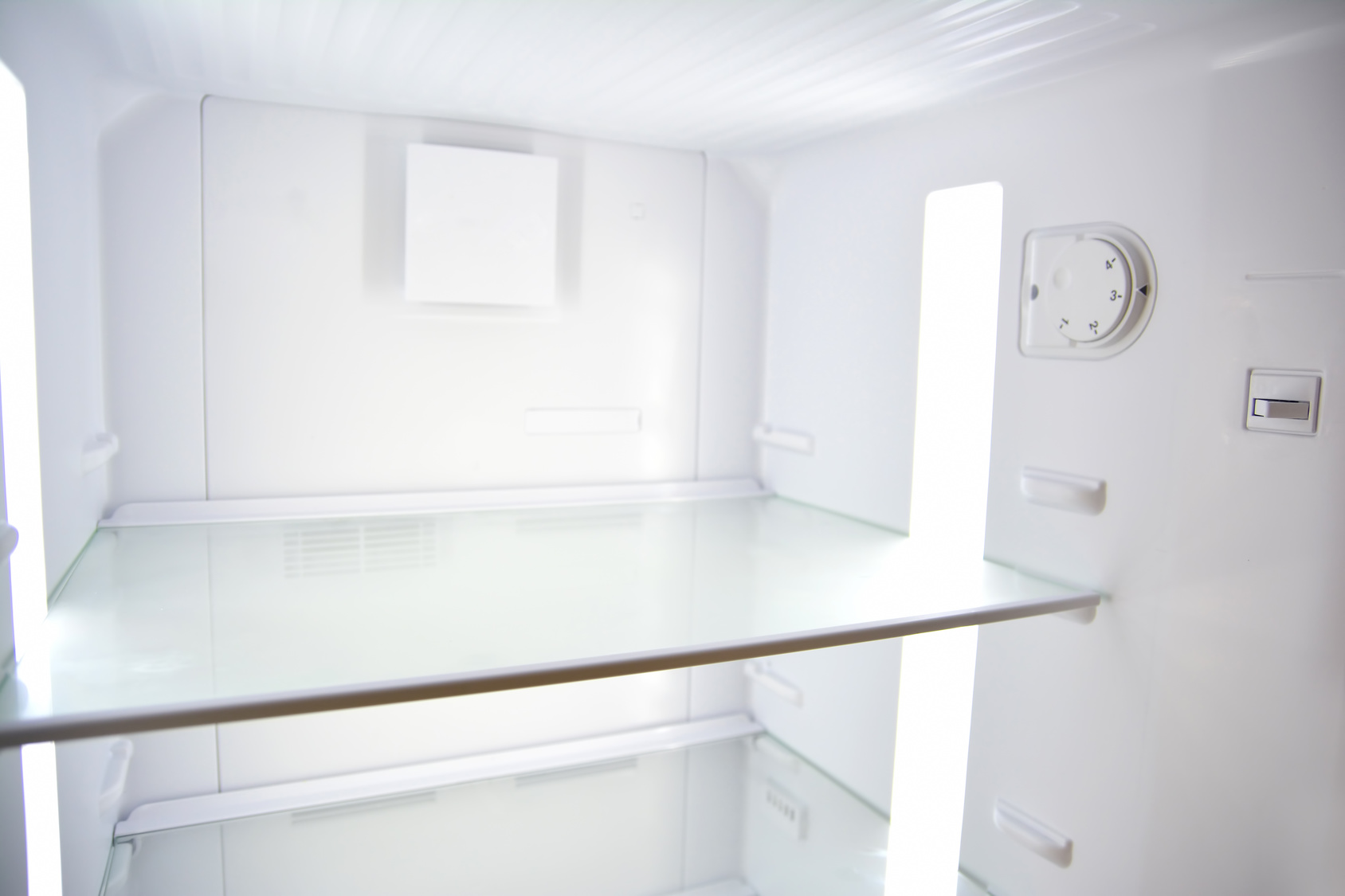
Freezing greatly extends the shelf life of food.
Freezers are an effective way to preserve food, as they are set at temperatures that keep food safe.
By knowing the advantages and disadvantages of freezing and knowing the appropriate freezing method, you can preserve food more effectively.
目次
Role of freezer and standard temperature
Why does freezing allow for long-term storage?
This is because lowering the temperature can suppress bacterial activity. Food spoilage occurs when bacteria activate and multiply, breaking down and fermenting the ingredients in the food.
Therefore, if we can suppress bacterial activity, we can prevent food from spoiling.
Freezing can also prevent food from deteriorating.
Causes of deterioration include changes in nutrients and texture due to chemical processes such as oxidation, protein decomposition due to enzymatic processes, and putrefaction due to microorganisms.
By lowering the temperature, you can suppress the causes of food deterioration, so you can safely preserve food by freezing it.
How low should we lower the temperature to safely preserve food?
The general standard is-18℃. This temperature almost stops the activity of even bacteria that are resistant to low temperatures, making it possible to preserve food for about 12 months.
The global standard for freezers is set at -18℃.
Temperature control and appropriate freezing methods

Source: http://r-mugendou.com/item/heroskin.cgi?table=chubo&search=121221160203002&skin=skin2.htm
Commercial freezers are set at a lower temperature than household freezers, typically between -20°C and -30°C.
Frequently opening and closing a freezer will inevitably cause the temperature inside to rise, so commercial freezers are set at a temperature that allows them to stay below -18℃ at all times.
Additionally, some foods deteriorate in quality at temperatures as low as -20°C, so some freezers can lower the temperature to as low as -60°C.
For example, tuna is difficult to maintain freshness and changes color quickly. At temperatures as low as -35℃, discoloration can be almost suppressed, and at temperatures as low as -60℃, it can maintain almost the same freshness.
For almost all foods, the lower the temperature, the better they will stay fresh. However, lowering the temperature of your freezer will cost you more.
What can I do to freeze food as efficiently as possible without changing temperature settings?
In order to freeze food efficiently, it is important to control the temperature to maintain a low temperature and to store food properly.
Ways to maintain low temperatures
To avoid raising the temperature inside the freezer, open and close it as little as possible, and allow cooked and processed foods to cool sufficiently before placing them in the freezer.
Packing and storing food so there are no gaps will reduce the area exposed to warm air when opening and closing.
In addition, when food items stick together, they act as cold insulators.
How to properly store food
The important thing is to freeze the food as quickly as possible.
To prevent exposure to air, vacuum packing is preferable, but wrap tightly in plastic wrap.
This is to protect the food from drying out, but since air has poor thermal conductivity, it takes time to cool the food when it is exposed to air.
Also, making it flat to increase the surface area that the cold air hits will have a cooling effect.
It is more effective when placed on an aluminum tray. Aluminum has approximately 14 times higher thermal conductivity than stainless steel, so cooling time can be reduced.
In this way, by maintaining low temperatures and freezing food quickly, it is possible to effectively preserve it frozen without incurring costs.
Difference in temperature setting between freezer and refrigerator
Freezers are used to store food safely and for long periods of time.
There are many advantages to freezing food, but there are also disadvantages such as the quality of food being lost when thawed, and some foods may not be suitable for freezing.
Therefore, storage methods vary depending on the food and purpose.
Refrigerators are used for short-term storage or for storing foods that cannot be frozen. Although it is called a refrigerator, the interior is divided into various rooms, so be careful.
The temperature settings for each room are different, so understanding them properly will help you make the most of them.
The temperature of the refrigerator compartment is set at 1-5℃, the vegetable compartment at 3-7℃, the door pocket at 6-9℃, and the chilled compartment at about 0℃. Refrigerators require storage at low temperatures and are used to store foods that are eaten immediately and foods that should not be frozen.
The temperature of the door pocket is higher than that of the refrigerator, and the temperature changes when the door is opened and closed, so it is suitable for storing seasonings, eggs, etc. The vegetable compartment is designed to avoid direct exposure to cold air, so the temperature is higher than the refrigerator compartment.
The temperature in the chilled room is set at the very edge of freezing or not. A chilled room is most suitable for short-term storage of meat or fish that loses quality when frozen.
In this way, you can save food better by not only separating it into the freezer and refrigerator depending on the food and purpose, but also by using different parts of the refrigerator.
Conclusion
Storing in the freezer prevents spoilage and keeps food safe.
However, there are some cases and foods that are not suitable for freezing, so it is necessary to use them wisely.
Also, with a little ingenuity, you can effectively freeze food without spending a lot of money, so why not give it a try?








![[Storage period increased by 30 times! ] Achieving a stable supply of raw whitebait!](https://shunkashutou.com/wp-content/uploads/2016/11/579c55e6d32e1385c250e8e7c3ed59a71.jpg)
![[Sales increased 100 times! ] rapid freezing the signature menu “Ni-katsu sandwich”!](https://shunkashutou.com/wp-content/uploads/2016/11/IMG_02391.jpg)
![[Horse sashimi] We have significantly reduced waste loss with rapid freezer!](https://shunkashutou.com/wp-content/uploads/2016/11/5fda59d0cbcdabde18e58c3c58c09ed0.jpg)




![[Storage period increased from 3 days to half a year! ] Restaurants are expanding their business using wholesale and mail order!](https://shunkashutou.com/wp-content/uploads/2018/04/66c19942ab4ba346fdb64ccc04cde373.png)
![[Reduce loss from 200 kg of oysters to zero] Improve loss and expand business with rapid freezer](https://shunkashutou.com/wp-content/uploads/2018/06/19785ca583a8d3c4041c7c192d041b0d.jpg)












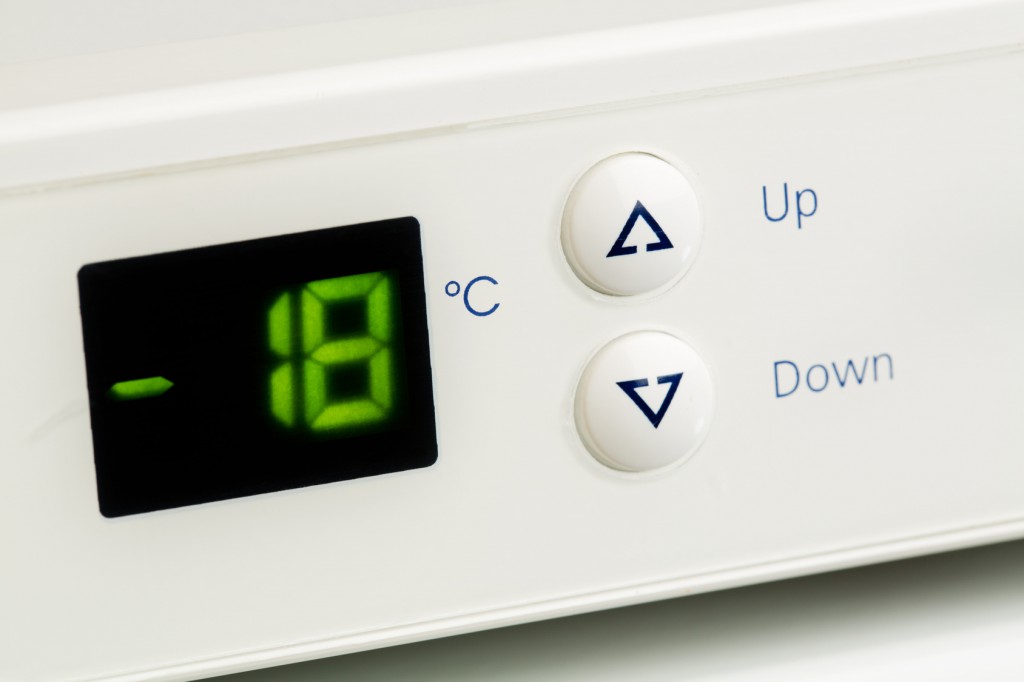
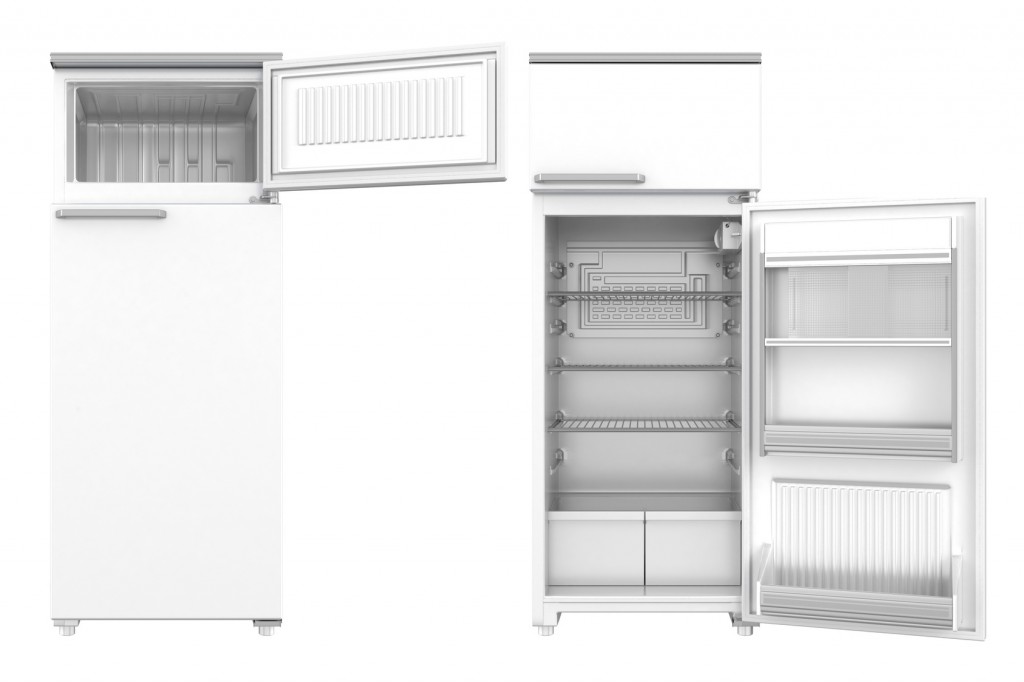
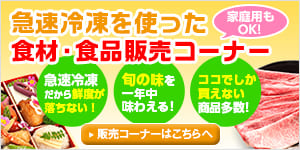

![[Successful example of rapid freezing] Efforts of Yuko Fisheries Cooperative and regional revitalization by women](https://shunkashutou.com/wp-content/uploads/2015/11/68950ce21415f187d34a8a1d5b48956a.jpg)
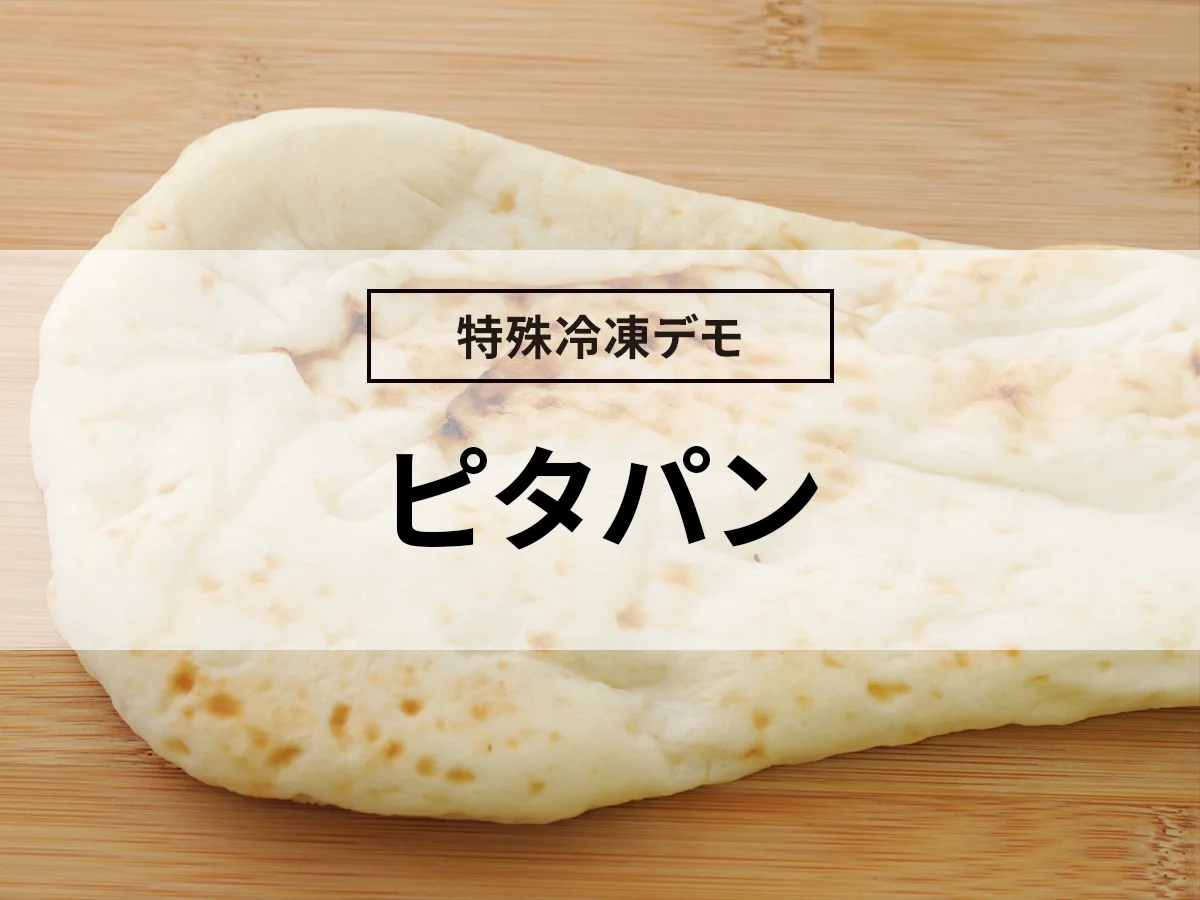

![[Improve customer satisfaction] What can be solved by introducing rapid freezer at a lunch box delivery company for the elderly?](https://shunkashutou.com/wp-content/uploads/2016/08/dummy-related_02.jpg)
![[Required for Cook Chill System] How much does a blast chiller cost?](https://shunkashutou.com/wp-content/uploads/2015/11/fc29ddca3d7d1f8d53bf99518ce28fcf.jpg)
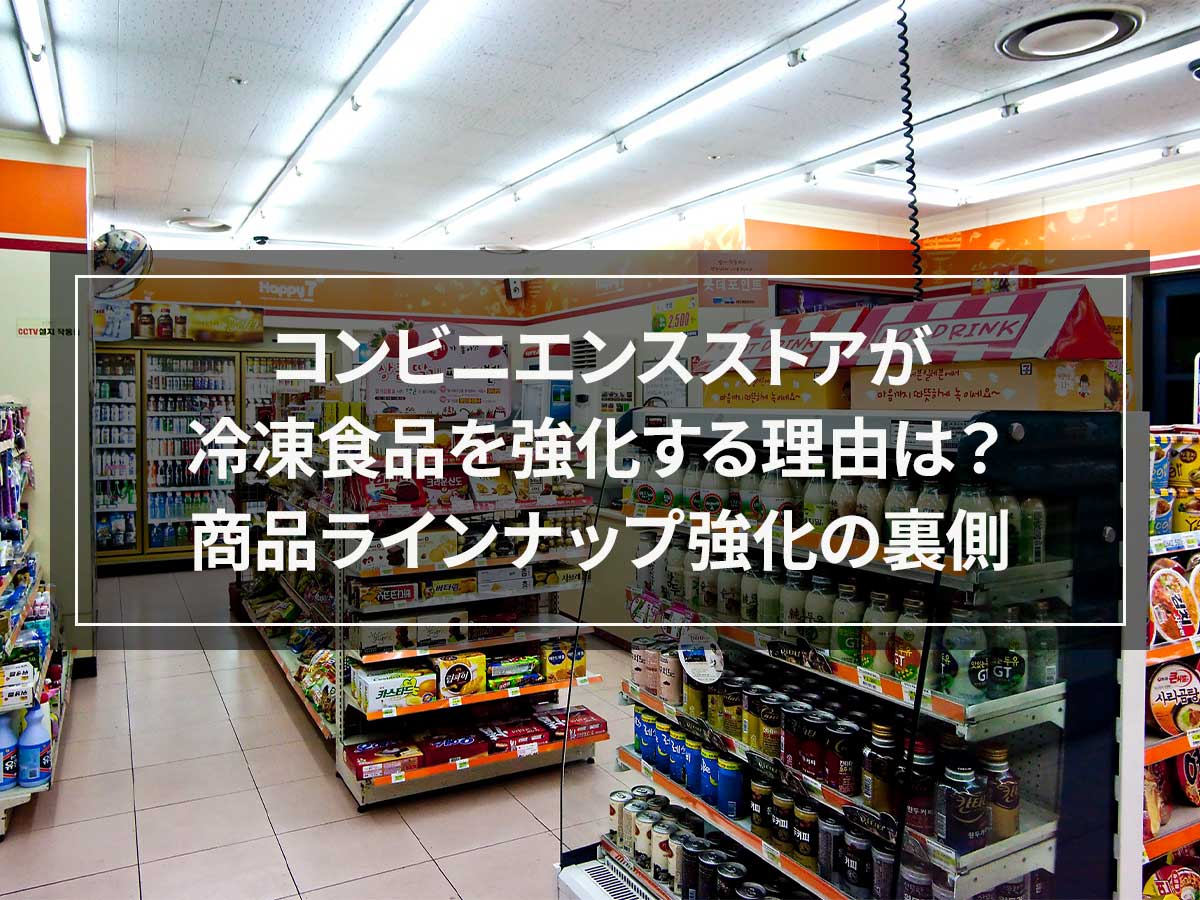

![Types of rapid freezer and purchasing points! [Examples of failures in machine selection! ? ]](https://shunkashutou.com/wp-content/uploads/2015/04/e68b2ac878e110c2a4639a33271057d1_s-1.jpg)
![[Thorough explanation! ] What is the distribution and cold chain that maintains the quality of frozen foods?](https://shunkashutou.com/wp-content/uploads/2016/11/ed15366b2a889239b39608c181587427.jpg)
![[How long does frozen fish and meat last? ] Interesting expiration dates and tips to extend the shelf life](https://shunkashutou.com/wp-content/uploads/2023/08/f124221382987fe32d0ffda6b6f497c1.jpg)
![[Delicious food] Solving nursing home management issues with freezing and cooling technology](https://shunkashutou.com/wp-content/uploads/2016/05/7cabe275da8be8736f4496b952bde332.jpg)
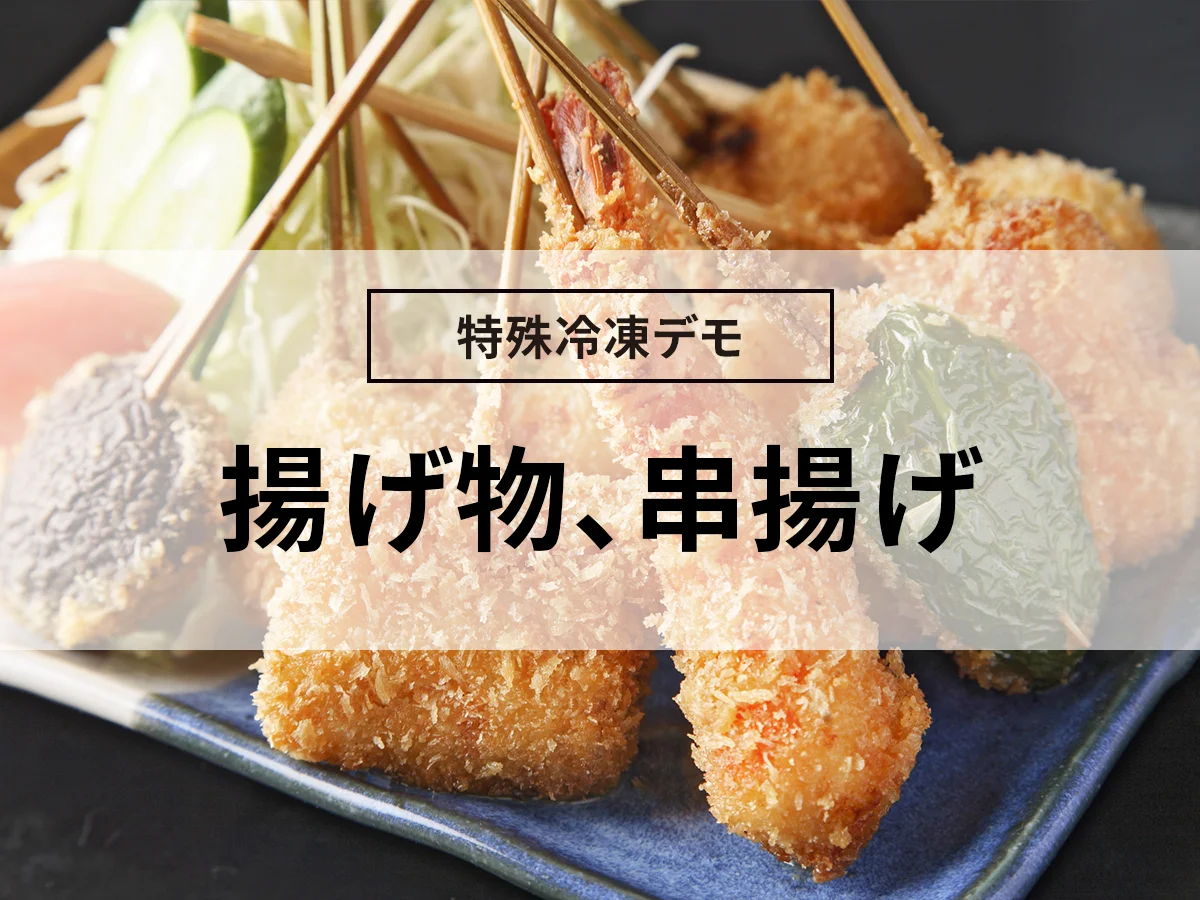
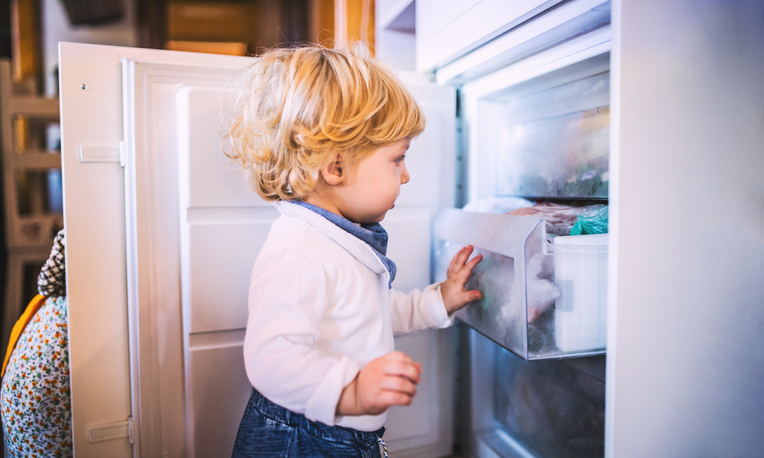
![[Many repeat customers! ] Increase sales by mail ordering our proud curry by rapid freezing!](https://shunkashutou.com/wp-content/uploads/2018/08/S__295895302-863x10241.jpg)
![[Advantages and disadvantages of food additives] What is rapid freezer that solves the problems?](https://shunkashutou.com/wp-content/uploads/2018/11/ea1a552f8cb49685b3566dc4f06cf04b.webp)
